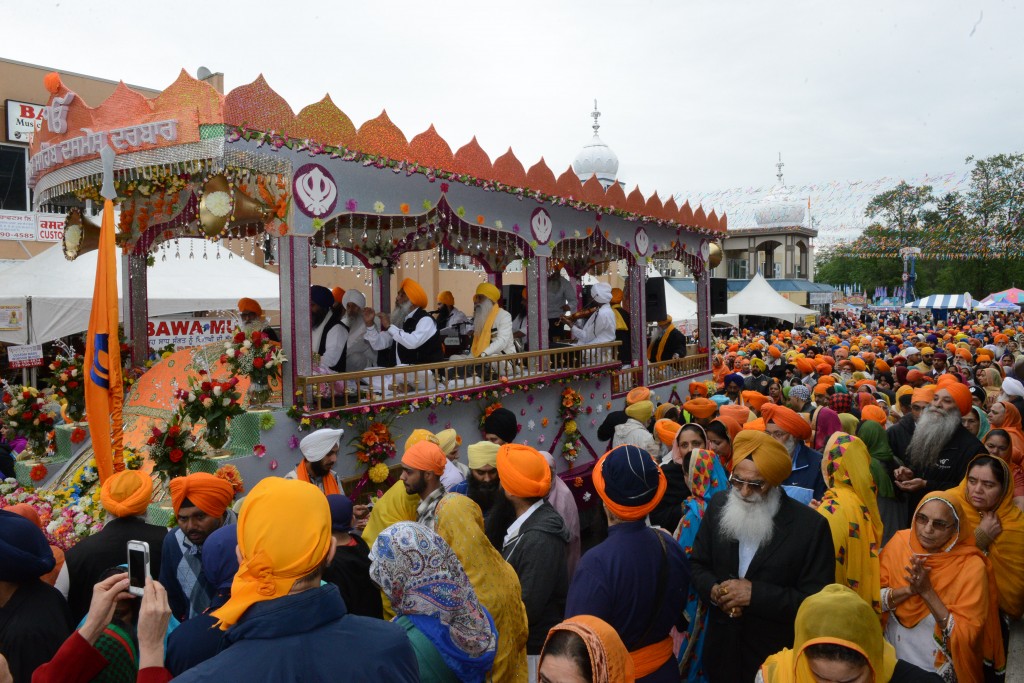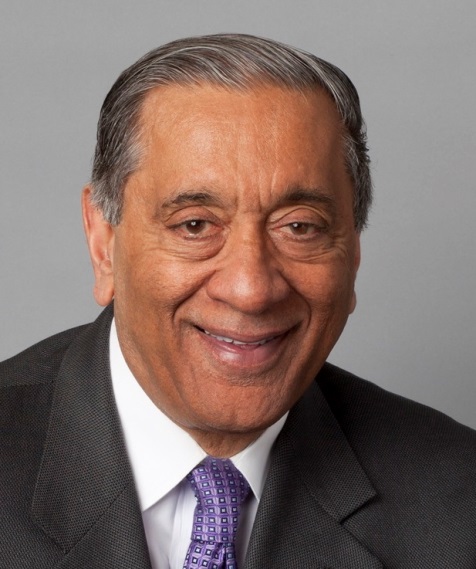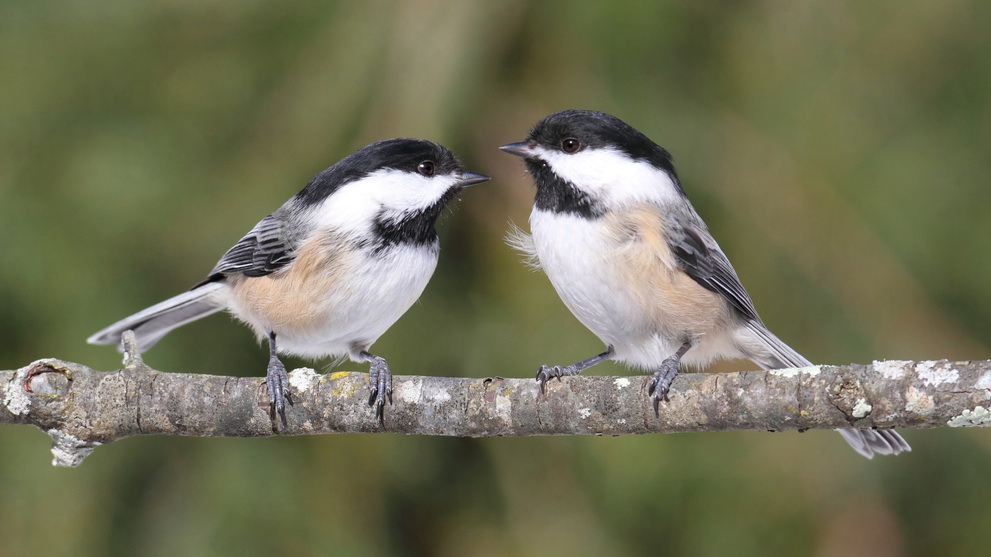DESIBUZZCanada
Events Listings
Dummy Post

International Day Of Yoga To Be Virtually Celebrated Saturday At 4pm

CANCELLED: Coronavirus Fears Kills Surrey’s Vaisakhi Day Parade

ADVERTISE WITH US: DESIBUZZCanada Is The Most Read South Asian Publication Online

SURREY LIBRARIES: Get Technology Help At Surrey Libraries

WALLY OPPAL: Surrey Police Transition Update On Feb. 26

GONE ARE THE DAYS - Feature Documentary Trailer

Technology Help At Surrey Libraries

Birding Walks

Plea Poetry/short Story : Youth Contest

International Folk Dancing Drop-in Sessions
Celebrating 250 Years Of Waris Shah’s Heer – But Is It The Original?
- April 28, 2016


Even as the Punjabi literati from across the globe are set to celebrate 250 years of compilation of Waris Shah’s Heer, findings by a US-based researcher have sparked a debate on the authenticity of the manuscript and its period of compilation. Mohammad Afzal Shahid, who is of Pakistani origin, claims that the oldest available manuscript of Heer was written in 1859, almost 60 years after Waris Shah’s death and nine decades after he completed the legend in verse in 1766.
By Amaninder Pal

CHANDIGARH – Even as the Punjabi literati from across the globe are set to celebrate 250 years of compilation of Waris Shah’s Heer, findings by a US-based researcher have sparked a debate on the authenticity of the manuscript and its period of compilation.
Mohammad Afzal Shahid, 63, who is of Pakistani origin, claims that the oldest available manuscript was written in 1859, almost 60 years after Waris Shah’s death and nine decades after he completed the legend in verse in 1766.
Shahid, who has reproduced Shahmukhi Heer in the Roman script, claims that the 1859 manuscript was copied by a Hindu munshi (scribe) named Kirpa Ram from another “written source” on the persuasion of Sikh aristocrat Diwan Hardev Singh. Kirpa Ram’s manuscript is lying at the Panjab Public Library, Lahore.
“Nobody has seen the original manuscript and a large number of ‘corrupt’ versions of Heer have appeared during the past century,” Shahid told The Tribune over the phone.
“Shah belonged to Lehnda Punjab and his original work must have been in a Lehndi sub-dialect. I have gone through all available manuscripts of Heer. Kirpa Ram’s manuscript is in apt Lehndi. The style followed in other manuscripts is different. Hence, their authenticity is doubtful,” he said.

Shahid this year published his paper in Lehran, a jounal published in Lahore. Its English version was reproduced last week by the US-based Association of Punjabis in North America.
Sheikh Sharif Shabir, one of the most respected Punjabi poets of West Punjab, who died last year, had reportedly claimed in one of his interviews that the oldest available edition was printed in 1821 and was lying in Patiala.
Shabir had reportedly retrieved an old edition from a family in Chunnian village near Kasur. But Shahid contests both these claims.
“Queries revealed there was no such copy in Patiala libraries. Regarding the Chunnian edition, it is said that Waris stayed with a family of hairdressers in Chunnian while returning to Jandiala from Malka Hans. The family took that manuscript from him. But even that manuscript is not in the Lehndi style
“A few manuscripts are said to have appeared in 1820s, but they are in Gurmukhi and none can be original,” he claimed.

Shahid said of the total 21 manuscripts edited by Pakistan scholar Sheikh Abdul Aziz in a book published in 1960, the one mentioned in chapter 13 was the closest to the Lehndi style. “But this is the manuscript written by Kirpa Ram”, he claimed.
Sukhbir Singh Thind, Associate Professor of Punjabi at Government College, Kapurthala, who has done his doctorate on “Narratological Studies of Heer Waris Shah”, says: “There is little knowledge about the original text. The fact is that there is a debate on the authenticity of various texts. Had there been a standard/oldest/original text available, there would have been no such debate.”
Shah belonged to Lehnda Punjab and his original work must have been in a Lehndi sub-dialect. I have gone through all available manuscripts. Kirpa Ram’s manuscript is in apt Lehndi. The style followed in other manuscripts is different. Hence, their authenticity is doubtful. – Mohd Afzal Shahid, Researcher

















